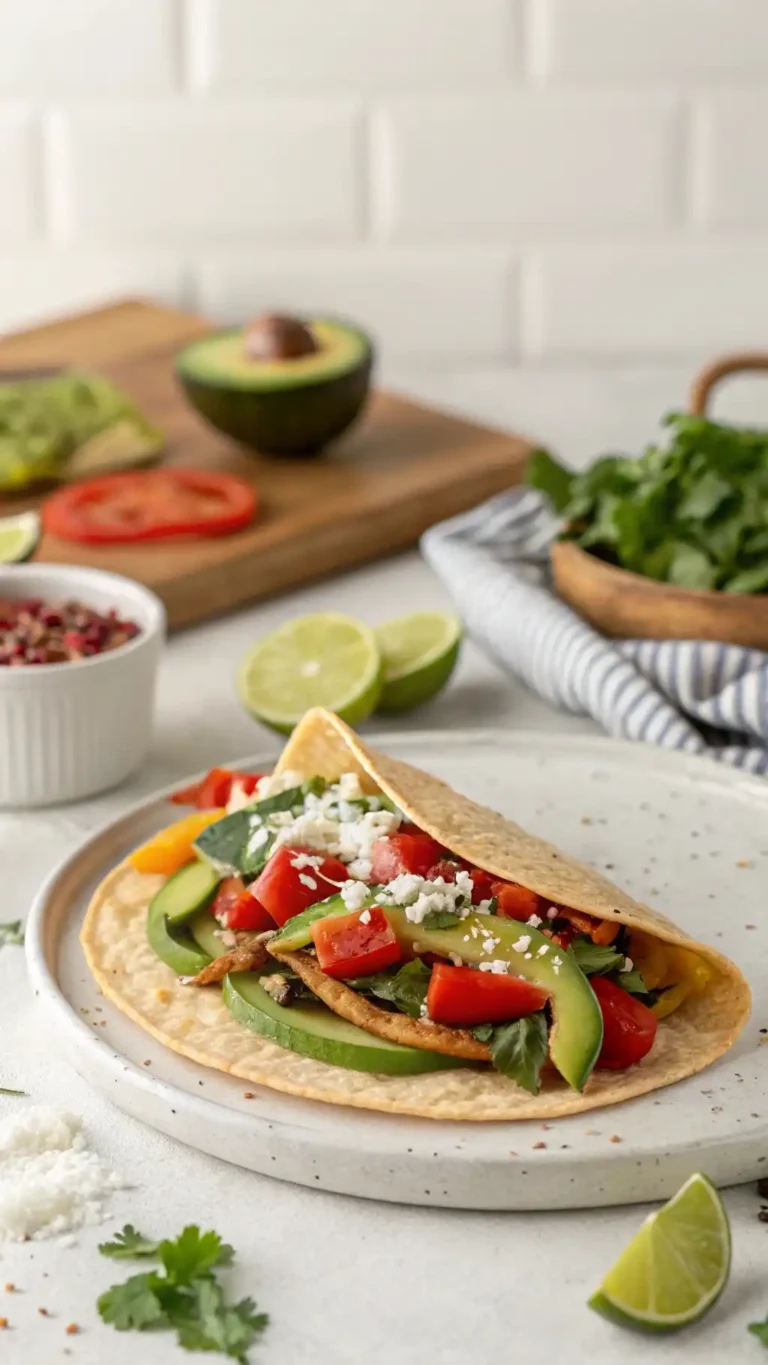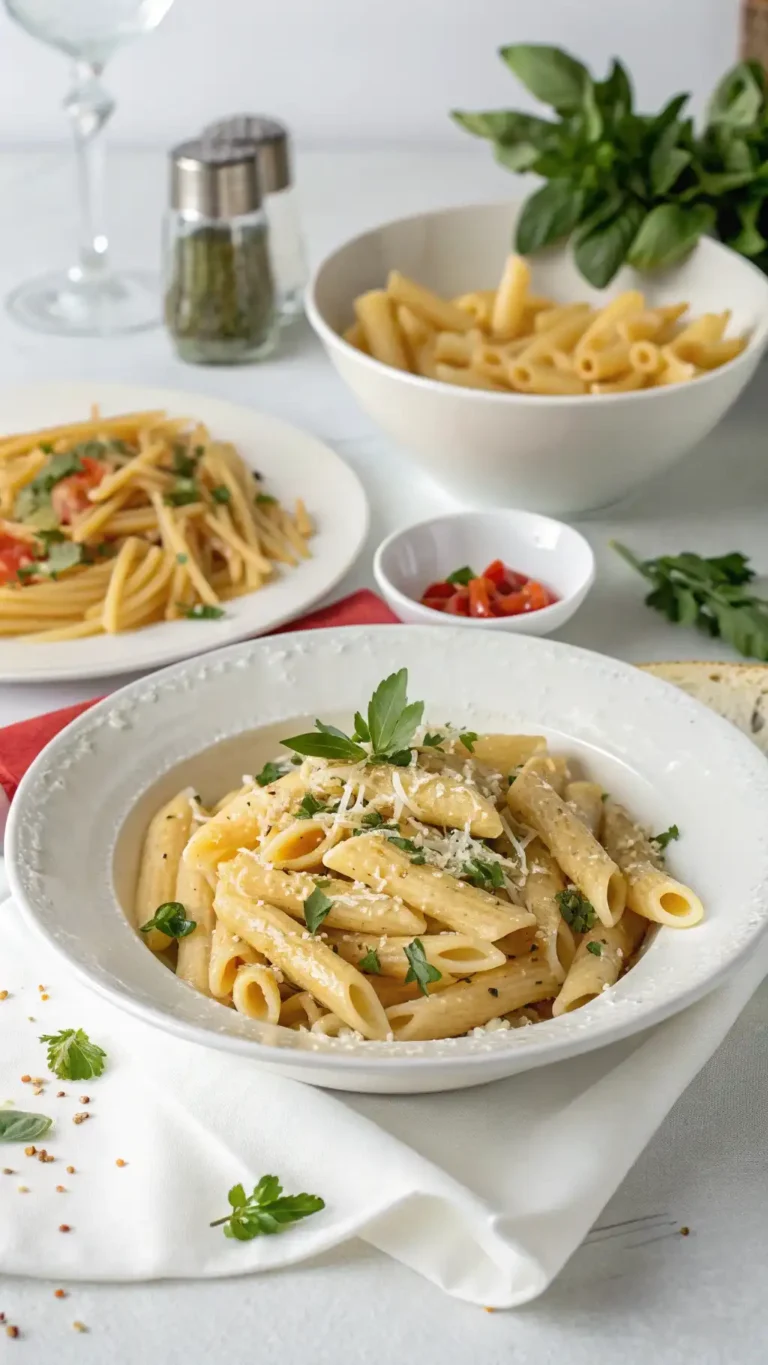Trifongo Recipe: Authentic Recipe for a Tropical Culinary Adventure
Trifongo Recipe: Looking to embark on a tropical culinary adventure from the comfort of your kitchen? Look no further than the Trifongo recipe.
This authentic recipe combines the flavors of plantains, yuca, and green bananas to create a dish that is both hearty and delicious.
Trifongo Recipe: A Quick Overview
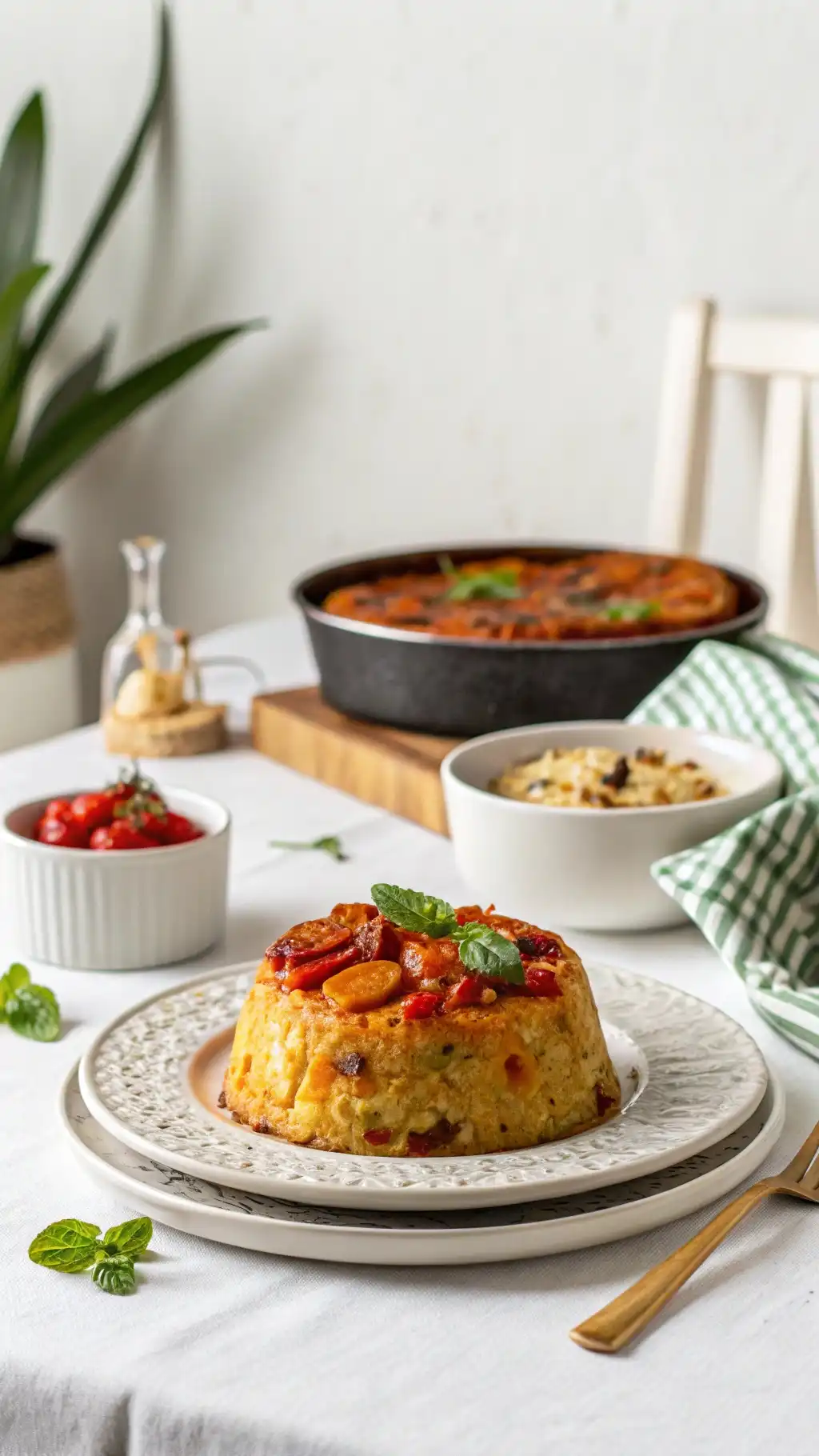
Recipe Description: Trifongo is a hearty, traditional dish made from mashed green plantains, ripe plantains, and yuca. It is often enhanced with garlic, olive oil, and crispy pork cracklings or bacon.
Preparation Time: Approximately 20 minutes
Cooking Time: About 30 minutes
Total Time: Roughly 50 minutes
Type of Dish: Can serve as both a robust side or a fulfilling main course.
Cuisine: Caribbean, with a strong Puerto Rican influence.
Quantity Produced: Serves 4 to 6 people, depending on portion sizes.
Number of Calories: Calories can vary widely based on additions like pork cracklings or bacon but expect around 200-300 calories per serving for the base dish.
About Trifongo Recipe

Trifongo Recipe is a delicious, traditional Caribbean dish, particularly celebrated in Puerto Rico. It’s a delightful variation of the more commonly known Mofongo, which primarily uses green plantains.
What sets Trifongo apart is its unique combination of three key ingredients: green plantains, ripe plantains, and yuca (cassava), giving it a richer depth of flavors and textures.
Trifongo Recipe mix is then fried and mashed together with garlic, olive oil, and sometimes pork cracklings or bacon, creating a savory, satisfying dish that’s often served as a side but can easily stand as a main course.
Trifongo Recipe captures the essence of Caribbean cuisine, blending indigenous Taíno, African, and Spanish influences into a single dish that embodies the multicultural heritage of the region.
Its creation is a testament to the resourcefulness and culinary creativity of the Caribbean people. It uses available local ingredients to produce flavors that are robust, comforting, and utterly unforgettable.
Why does Trifongo Recipe Stand Out?
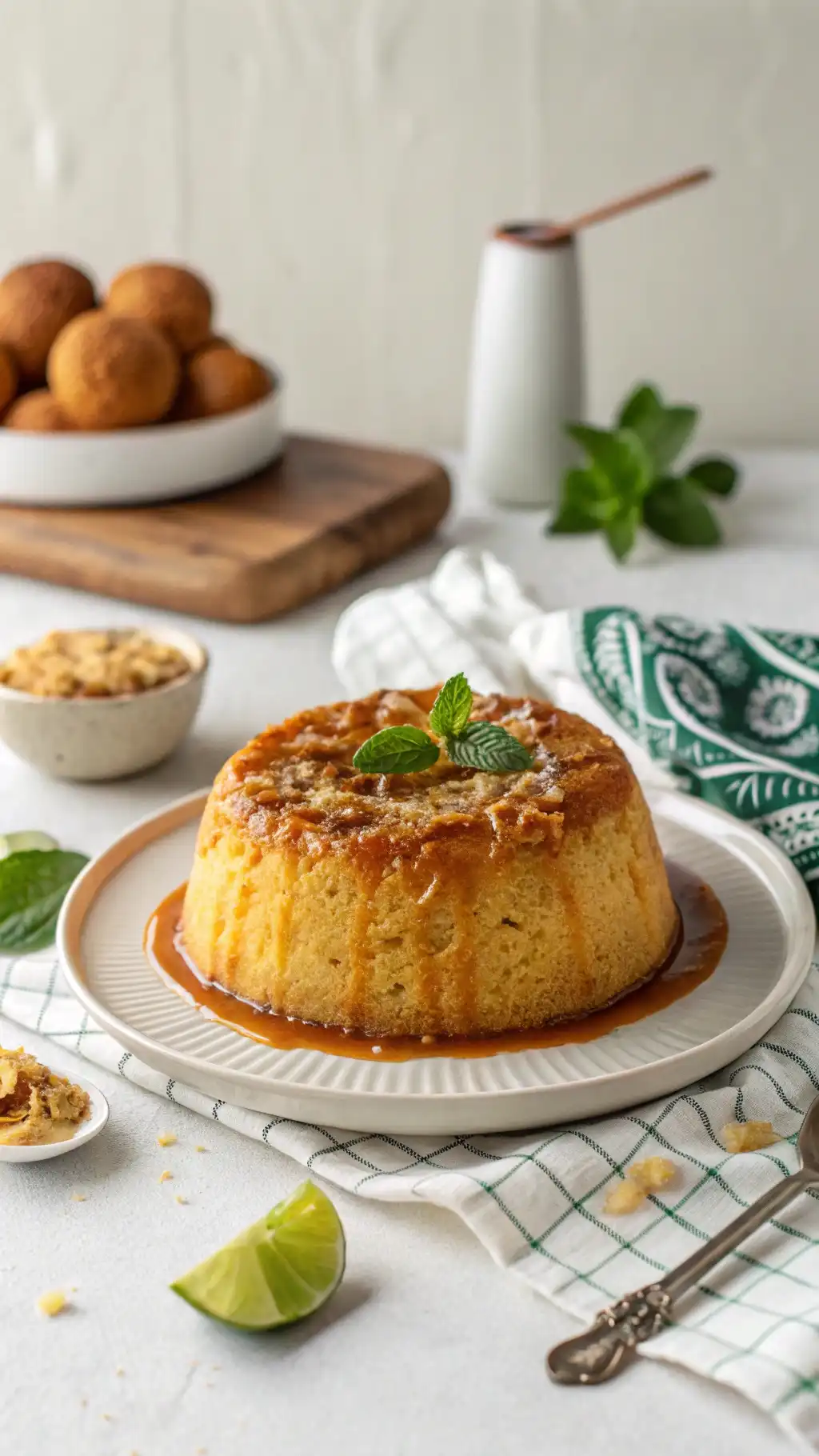
Here’s why it’s not just another meal but a unique culinary experience:
- Unique Blend of Ingredients: Unlike other dishes, Trifongo combines three distinct types of starchy vegetables – green plantains, ripe plantains, and yuca. This trio provides a unique mix of flavors and textures, setting it apart from simpler, one-dimensional dishes.
- Cultural Fusion: It’s a dish that encapsulates the melting pot of Caribbean cultures, incorporating elements from Taíno, African, and Spanish culinary traditions. This fusion gives it a depth and richness that’s hard to find elsewhere.
- Versatility: Trifongo can be enjoyed as a hearty side or a satisfying main course, making it a flexible option for various meal settings. Its ability to pair with a wide range of accompaniments also adds to its appeal.
- Robust Flavors: The use of garlic, olive oil, and optional pork cracklings or bacon infuses the dish with intensely savory flavors that are both comforting and indulgent.
- Nutritional Value: Beyond its taste, Trifongo offers a good balance of nutrients, including carbohydrates for energy and dietary fiber. When prepared thoughtfully, it can be a wholesome part of a balanced diet.
What are the ingredients in Trifongo Recipe?
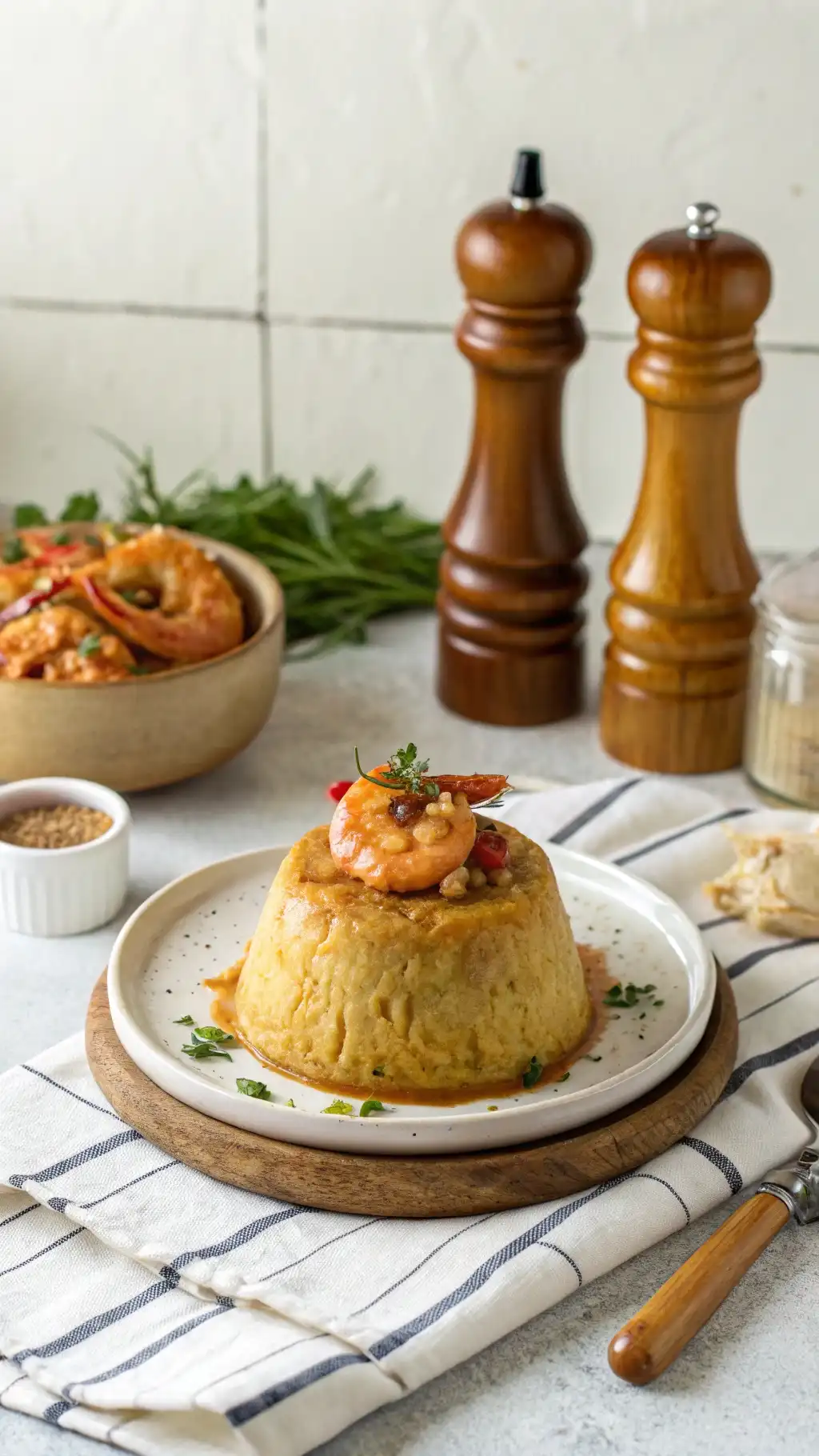
- 2 green plantains
- 1 ripe plantain
- 1 medium yuca (cassava)
- 4 cloves of garlic, minced
- 3 tablespoons of olive oil
- Salt, to taste
- Optional: 1/2 cup of pork cracklings or bacon, chopped
- Water, for boiling
Must-Have Equipment for Making Trifongo Recipe
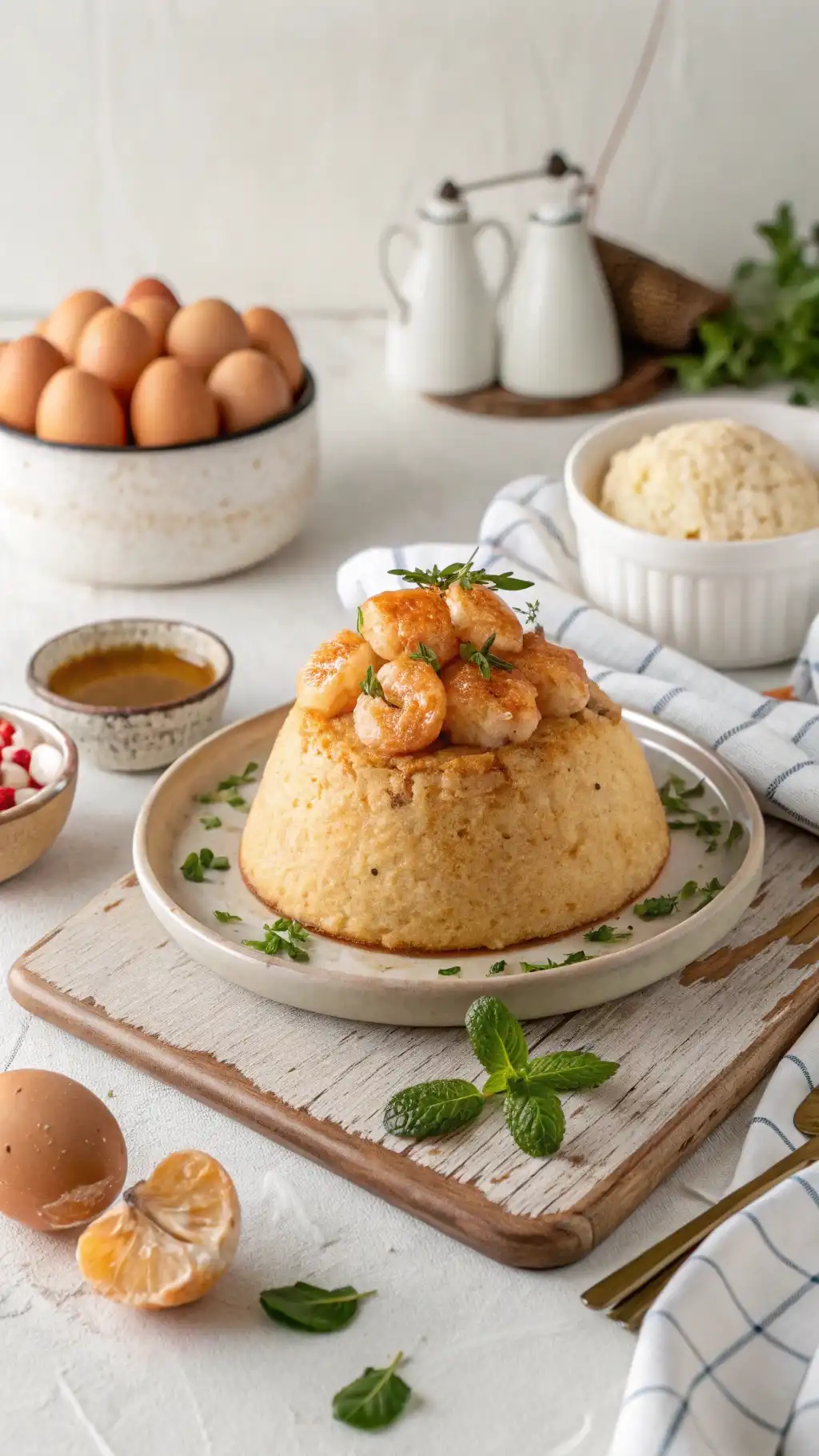
Here’s what you’ll need to bring this tropical dish to life in your kitchen:
- Large Pot: For boiling the plantains, yuca, and green bananas until they’re perfectly tender.
- Skillet or Frying Pan: Essential for crisping up the pork cracklings or bacon to add that irresistible crunchy texture.
- Pestle and Mortar (Pilón): Traditionally used to mash the ingredients together. If you don’t have one, a large bowl and potato masher will work, but a pilón adds authenticity to the process.
- Knife: A sharp knife is necessary for peeling and cutting the plantains, yuca, and green bananas into chunks.
- Cutting Board: To safely and efficiently handle all the chopping and slicing.
- Measuring Cups and Spoons: For accurately measuring out ingredients like olive oil, garlic, and salt.
- Slotted Spoon: This spoon is handy for removing the plantains, yuca, and green bananas from the boiling water and the pork cracklings or bacon from the frying pan.
- Bowls: You’ll need a few bowls for setting aside the cooked ingredients before and after mashing.
- Wooden Spoon or Spatula: Use this to mix the mashed ingredients with the garlic, olive oil, and pork cracklings or bacon to achieve the perfect Trifongo texture.
Trifongo Recipe: step-by-step guide
Prep Your Ingredients
- Peel and cut the green plantains, ripe plantain, and yuca into chunks.
- Mince the garlic.
- If using, chop the pork cracklings or bacon.
Boil the Starchy Veggies
- In a large pot, bring water to a boil.
- Add the chunks of green plantains, ripe plantain, and yuca.
- Boil until they are tender, about 15-20 minutes.
Crisp the Pork
- While the veggies are boiling, heat a skillet or frying pan over medium heat.
- Add the pork cracklings or bacon and cook until crispy. Set aside.
Mash the Mix
- Drain the boiled plantains and yuca and transfer them to a mortar (Pilón) or a large bowl if you’re using a potato masher.
- Add the minced garlic, olive oil, and a bit of salt.
- Mash the mixture to your desired consistency, ideally chunky yet cohesive.
Mix in the Crispy Pork (optional)
- Fold in the crispy pork cracklings or bacon into the mashed mixture for added texture and flavor.
Serve Warm
- Once everything is well mixed, serve the Trifongo warm as a side dish or a main course. Enjoy the authentic taste of the Caribbean!
Perfect Pairings for Trifongo Recipe
- Grilled Seafood: The savory notes of Trifongo beautifully harmonize with the smokiness of grilled shrimp or fish, such as snapper or mahi-mahi, enhancing the tropical vibe of your meal.
- Roasted or Grilled Meats: Pair Trifongo with succulent cuts of roasted pork, grilled chicken, or steak. The dish’s starchy base perfectly offsets the meat’s rich flavors.
- Vegetarian Options: For a plant-based meal, serve Trifongo with a side of sautéed vegetables like bell peppers, onions, and zucchini or a hearty vegetable stew.
- Sauces and Dips: Complement Trifongo with a side of mojo sauce or a garlic-tomato sauce. These add a juicy, flavorful dimension that cuts through the dish’s richness.
- Salads: A light, crisp salad dressed with a citrusy vinaigrette can offer a refreshing contrast to the dense and savory Trifongo, balancing the meal.
Mastering Trifongo Recipe: Insider Tips and Tricks
- Start with Quality Ingredients: The flavor of your Trifongo hinges on the freshness and quality of your plantains, yuca, and garlic. Choose firm, ripe plantains and fresh yuca for the best taste.
- Don’t Overboil: Watch your plantains and yuca as they boil. Overboiling can make them too mushy, affecting the final texture of your Trifongo.
- Achieve the Perfect Mash: Aim for a chunky yet cohesive mash. Over-mashing can result in a paste-like texture, while under-mashing might leave too many lumps.
- Balance Your Flavors: The garlic and olive oil should enhance, not overwhelm. Start with the recommended amounts and adjust to your preference.
- Crispy is Key for Pork: If using pork cracklings or bacon, ensure they’re crisped to perfection. This adds a delightful contrast to the soft texture of the mashed ingredients.
- Experiment with Textures: For an interesting twist, vary the size of the chunks when mashing the ingredients. A few slightly larger pieces can add an enjoyable textural diversity.
- Serving Temperature Matters: Trifongo tastes best served hot. If it cools down, a quick reheat in the microwave or oven can revive its flavors and texture.
- Garnish Wisely: A little goes a long way with garnishes. A sprinkle of crispy pork, fresh cilantro, or a drizzle of olive oil can elevate the dish without overpowering it.
What nutritional benefits does the Trifongo Offer?
Here are some of the key advantages:
- Complex Carbohydrates: Green plantains, ripe plantains, and yuca are good sources of complex carbohydrates, which are essential for sustained energy throughout the day and help maintain healthy blood sugar levels.
- Dietary Fiber: This dish is rich in dietary fiber, thanks to the plantains and yuca. Fiber aids in digestion, helps prevent constipation, and can contribute to lowering cholesterol levels.
- Vitamins and Minerals: Plantains are a good source of vitamins A and C, which are crucial for immune health and vision. They also offer potassium, which supports heart health and muscle function. Yuca contributes to vitamin C, folate, and magnesium.
- Healthy Fats: When prepared with olive oil, Trifongo includes healthy monounsaturated fats. These fats are beneficial for heart health and can help in reducing bad cholesterol levels.
- Protein Option: Adding pork cracklings or bacon introduces protein, making the dish more filling and providing the essential building blocks for muscle repair and growth.
How can you preserve leftovers of Trifongo?
- Cool Down: Allow the Trifongo to cool to room temperature before storing. Storing it while still hot can lead to moisture buildup, which might make it soggy.
- Airtight Container: Transfer the cooled Trifongo into an airtight container. This helps to keep out moisture and other contaminants.
- Refrigeration: Place the container in the refrigerator. Properly stored, Trifongo can last for up to 3 days.
- Freezing Option: For longer preservation, you can freeze Trifongo. Wrap it tightly in plastic wrap and then place it in a freezer bag. It can last for up to a month frozen.
- Reheating: When ready to eat, reheat refrigerated Trifongo in a microwave or oven until it’s heated through. For frozen Trifongo, thaw it in the refrigerator overnight before reheating.
- Add Moisture If Needed: If it seems a bit dry when reheating, add a small amount of water, broth, or olive oil to bring back its original texture. Following these steps will help you enjoy your Trifongo leftovers without sacrificing flavor or texture.
Conclusion
Embarking on a culinary journey with the Trifongo recipe promises an adventure filled with rich flavors, cultural history, and nutritional benefits.
This guide has equipped you with everything needed to master this Caribbean delight, from selecting the perfect ingredients to preserving leftovers.
May your Trifongo adventure be just the beginning of many more culinary explorations. Happy cooking!
FAQs
Can I make Trifongo without pork for a vegetarian option?
Absolutely! For a vegetarian version of Trifongo, simply omit the pork cracklings or bacon. You can substitute it with a vegetarian protein or additional savory veggies for that umami flavor.
Is it possible to use only plantains if I don’t have yuca?
Yes, you can still create a delicious dish with only plantains, though it will be closer to traditional Mofongo than Trifongo. The yuca adds a unique texture and flavor, but using a combination of green and ripe plantains alone will still yield a tasty result.
How can I ensure my Trifongo isn’t too dry?
To avoid a dry Trifongo, ensure you add enough olive oil and butter (or its substitutes) during the mashing process. If it still seems dry upon reheating, a little broth or additional olive oil can help restore moisture.
Can Trifongo be made ahead of time?
Yes, Trifongo can be prepared ahead of time and stored in the refrigerator or freezer as outlined in the “How can you preserve leftovers of Trifongo?” section. Just ensure to reheat it properly to enjoy its full flavor and texture.

Hi, I’m Liza Jensen, your culinary companion here at Recipe by Liza. 🍳🥗Cooking has always been my passion—I find joy in every whisk, every sizzle, and every aromatic spice. As a home cook and recipe developer, I’ve explored flavors from around the world, creating dishes that warm hearts and tantalize taste buds.Join me on this flavorful journey! Let’s swap kitchen stories, share tips, and celebrate the magic of food together.

